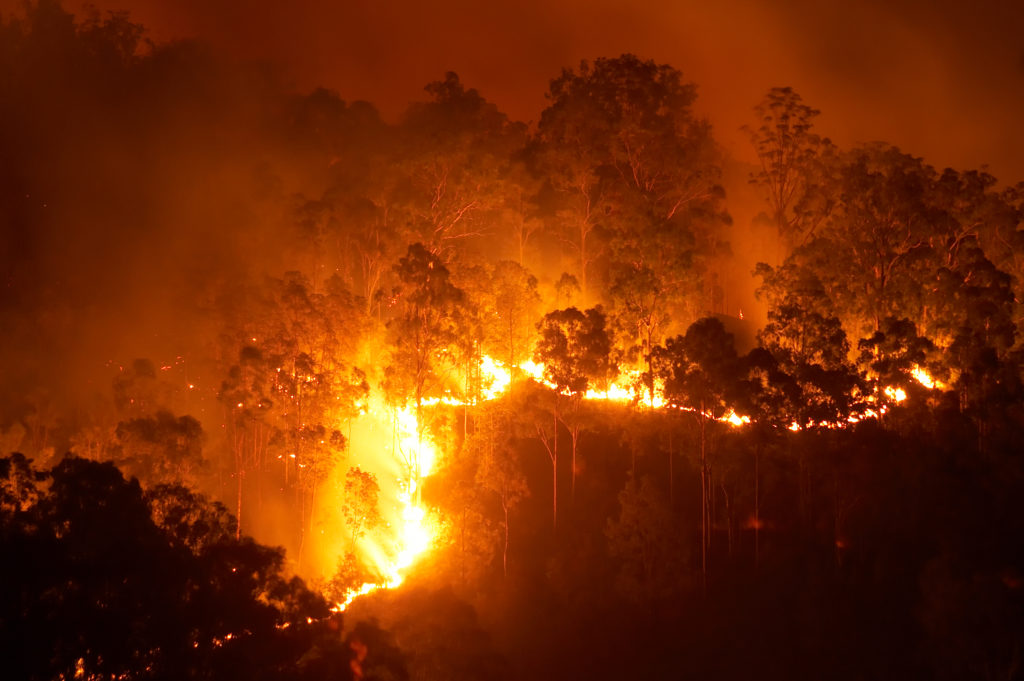From Analysis to Action: Using Your BAL Report to Alleviate Bushfire Ris
From Analysis to Action: Using Your BAL Report to Alleviate Bushfire Ris
Blog Article
Navigating Shrub Fire Defense Laws With BAL Record
In the world of property growth and homeownership, navigating bush fire protection policies is critical for guaranteeing the safety and compliance of frameworks in high-risk areas. Central to this endeavor is the Bushfire Strike Level (BAL) report, a crucial record that evaluates the possible direct exposure of a home to bushfire. Comprehending just how to apply the details and analyze consisted of within a BAL report can dramatically influence the design, construction, and upkeep of structures. By delving right into the intricacies of BAL evaluations and their effects for developing compliance, stakeholders can proactively manage bush fire risks and safeguard properties against possible hazards.
Understanding Shrub Fire Defense Regulations
To successfully navigate the complexities of bush fire protection regulations, it is vital to have a clear understanding of the controling standards and demands in place. Shrub fire defense policies are crucial for protecting properties and lives in areas prone to bushfires. These policies establish the requirements and protocols that property owners need to stick to in order to mitigate the risks connected with bushfires.

Relevance of BAL Evaluations
Comprehending the value of BAL analyses is crucial in ensuring conformity with bush fire protection guidelines and properly mitigating the threats connected with bushfires. BAL assessments, which determine the Bushfire Strike Level of a home, are important for developing proper bush fire defense steps customized to the particular threat account of the website. By reviewing elements such as greenery type, range to possible fire threats, and slope of the land, BAL evaluations provide useful understandings into the degree of threat a building deals with throughout a bushfire occasion.

Implications for Building Conformity
Browsing with structure conformity demands based on BAL evaluations is important for ensuring frameworks are sufficiently fortified against the threats positioned by bushfires. Structure compliance describes adhering to the standards and guidelines set forth to improve the safety and durability of structures in bushfire-prone locations. The ramifications of structure compliance in regard to BAL assessments are substantial. Structures that fall short to meet the needed conformity standards go to a higher danger of sustaining damage or devastation throughout a bushfire event. This not just endangers the residents yet also poses a danger to the surrounding atmosphere.
Making certain structure conformity involves mindful preparation, building and construction, and upkeep to reduce the prospective effect of bushfires - BAL Report. It needs an extensive understanding of the BAL ranking assigned to straight from the source the building and carrying out the appropriate measures to boost its fire defense capacities. Non-compliance with structure guidelines can lead to legal effects, insurance complications, and most notably, threaten lives. As a result, taking building compliance seriously and integrating BAL evaluation outcomes right into building practices is essential for safeguarding residential or commercial properties in bushfire-prone regions.
Handling Bush Fire Dangers Successfully
Provided the important importance of building conformity in fortifying frameworks against bushfire risks, efficiently taking care of these dangers needs a detailed technique that focuses on proactive reduction strategies. To start, performing thorough threat evaluations is critical. Understanding the particular vulnerabilities of a home in relationship to bushfires permits tailored danger reduction plans. This includes studying factors such as the property's location, surrounding vegetation, topography, and prevailing weather. Executing suitable greenery management techniques is an additional essential element of reliable threat management. Cleaning combustible plant life, producing defensible rooms, and ensuring proper maintenance can significantly lower the threat of fire infecting the building. Spending in fire-resistant structure materials and building techniques can boost the structure's capacity to endure ember assaults and direct fire contact. Furthermore, exercising an emergency and establishing reaction strategy is important for ensuring that citizens know exactly how to respond swiftly and securely in case of a bushfire. By integrating these aggressive steps, property owners can properly manage bushfire dangers and raise the safety of their structures and owners.
Practical Tips for Homeowners and Developers
Effectively managing bushfire dangers as a home owner or developer requires carrying out sensible mitigation techniques tailored to the residential property's specific vulnerabilities and surroundings. Guaranteeing that roofings, wall surfaces, and home windows are constructed or upgraded to meet appropriate bushfire security requirements you can try this out is vital.
Additionally, producing an emergency plan and practicing evacuation drills with family workers, members, or lessees can conserve lives in case of a bushfire. Remaining notified about local fire threat scores, weather condition conditions, and emergency situation informs is also vital for this content making prompt decisions to protect life and home. Lastly, involving with regional fire authorities, community teams, and professionals experienced in bushfire monitoring can supply important advice and support in developing detailed bushfire protection approaches.
Verdict
To conclude, browsing bush fire defense regulations with a BAL record is critical for guaranteeing structure conformity and managing bush fire dangers properly. Understanding the significance of BAL evaluations and adhering to practical suggestions can assist homeowners and developers minimize the influence of bush fires. By adhering to these regulations and taking required safety measures, people can develop safer environments for themselves and their communities.
Key elements of bush fire security guidelines include the Bushfire Assault Level (BAL) evaluation, which figures out the level of danger a property faces from bushfires. BAL assessments, which determine the Bushfire Attack Degree of a building, are crucial for designing proper bush fire defense steps customized to the certain risk account of the site. By reviewing factors such as plant life kind, distance to potential fire hazards, and incline of the land, BAL analyses supply useful insights right into the degree of risk a home deals with during a bushfire occasion.

In verdict, navigating bush fire protection guidelines with a BAL report is crucial for ensuring structure compliance and managing bush fire dangers efficiently.
Report this page